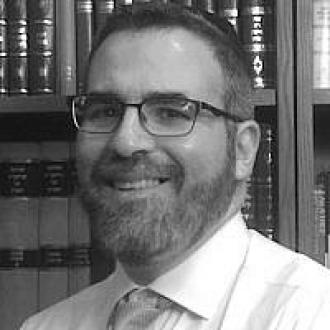The death toll left behind by Hurricane Irma continued to rise Wednesday, as five people died at a South Florida nursing home that apparently was without air conditioning, according to local officials.
Three people died at the facility in Hollywood, Fla., and two others were pronounced dead after being taken to a hospital, Barbara Sharief, the Broward County mayor, said at a news briefing Wednesday morning. The facility was being evacuated, but it was unclear when the order to clear the site was put in effect.
Sharief said it was not immediately clear what caused the deaths at the nursing home, which is believed to have lost air conditioning after the storm. Authorities said other people at the facility were being evacuated to other locations.
Millions of people across Florida have lost power since Irma began lashing the state, and utilities have warned that some of the outages could extend for days or even weeks. This has cut off air conditioning for scores of Floridians, and it poses an acute danger for the particularly young or old in a state known for its sweltering temperatures.
Florida’s heat adds a perilous element to the ongoing outages. In Hollywood, where the nursing home is located, temperatures are expected to reach the 90s this week. The storm has presented risks and challenges for the elderly population in Florida, where about one in 5 residents are age 65 or older.
A dangerous scene played out inside an assisted care facility for patients with dementia and memory impairment in Cape Coral, Fla., on the state’s Gulf Coast. For three days, the facility lacked power, and for three days, elderly patients suffered in rising heat.
Humidity made the hard-surfaced floors slick with condensation, while patients gathered in a small day room to catch a slight breeze from screened windows. A handful of small fans powered by a borrowed generator were all that kept the situation from devolving into a medical emergency, said Dan Nelson, Cape Coral Shores’ chief operating officer.
A state official eventually said they found a generator and gas, but it was not needed: The power turned back on.
The five people who died Wednesday in South Florida were part of a death toll that, while relatively low compared to other massive storms, has slowly climbed in recent days. That toll also included two people in Georgia killed when trees fell on them and a man in Winter Park, Fla., near Orlando, apparently electrocuted by a downed power line in a roadway.
Officials were investigating a number of deaths believed to be related to the storm, though it was not clear whether Irma was directly responsible in every case. The Associated Press reported that before the deaths at the Hollywood nursing home, Irma was blamed for a combined 19 fatalities in Florida, Georgia and South Carolina.
Even as Irma dissipated and moved inland, another danger emerged for those without power: generators. Authorities have warned that these devices can be deadly, noting they can easily sicken or kill people inside homes.
The Daytona Beach Fire Department said Wednesday morning that one person was dead and three others taken to a hospital for carbon monoxide poisoning from a generator inside a home there, and the department pleaded with people to keep their generators outside.
All across Florida and the American southeast, people have grappled with the aftermath of Irma, which slammed into the Sunshine State over the weekend and tore apart trees and buildings with slashing winds and pounding rain. Jacksonville, a sprawling city on the state’s northeast coast, was deluged with historic flooding.
More than 6 million people were evacuated from their homes in Florida, and they have slowly begun to return, even as roadways remain littered with debris, homes lack electricity and traffic signals have gone dark.
Miami-Dade Mayor Carlos Gimenez said about half of the county’s traffic signals were out. Sharief, the Broward County mayor, has said the number was closer to 45 percent of traffic signals there.
Across the state, the explanations for the outages were visible alongside the road.
“It’s a lot of trees and power lines and snapped poles,” said Kate Albers, a spokeswoman for Collier County, which stretches across southwestern Florida and includes Marco Island, where Irma made her second landfall.
“I can tell you from driving around you see lines down all over the place,” Albers said. “You see trees thrown through power lines and you’ll see an occasional pole.”















